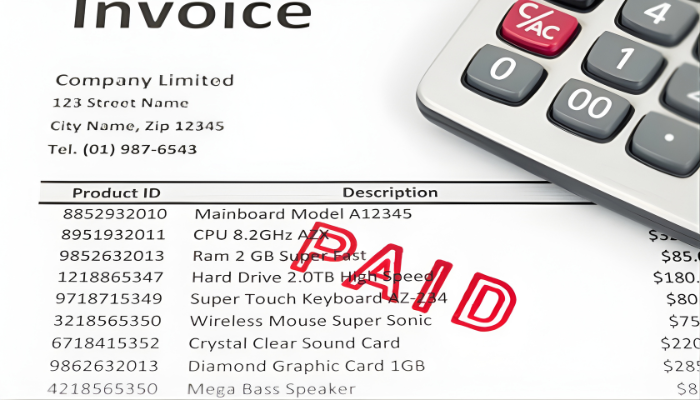
Let's be honest. The oil and gas industry is experiencing a downturn. The years of growth have slowed and many rigs have been turned off as prices have plummeted. Oil companies are laying off employees and companies of all sizes are feeling the pinch. How can your company survive the downturn?
Factoring may be one way to keep your business going while the industry recovers.
The Realities of the Oil and Gas Industry
Even in the best of times, getting money from customers can be very slow in the oil and gas industry. It can take anywhere from 30 to 90 days to get the money your clients owe. When the industry starts slowing down, the time it takes to get invoices paid also slows down. That can put any company into an economic pinch.
With the downturn, companies in the oil and gas industry are having to cut costs. Lay-offs are happening. Oil field drilling has practically halted. Even the IT department is being outsourced.
Companies in the industry are taking steps to keep their finances under control to ride out the downturn.
- Setting realistic goals based on current information. So many companies make big plans based on a boom in the industry. Smart companies are revising those plans to the new reality.
- Reducing costs where it makes sense. Common areas of saving include office space rental, payroll, service provider contracts, and equipment agreements.
- Staying liquid. The downturn is not a great time to invest in equipment or to grow your payroll. Being able to liquidate assets and keep cash flows going is essential.
- Analyzing cash flows. Knowing the money coming in and where it is going is critical for survival in this economy.
Is there a solution to these realities?
Factoring Is a Possible Solution
Many oil and gas companies have used factoring at one time or the other. It is a common method of financing for start-ups and smaller businesses. This familiarity with the industry makes it a great solution when cash flows start to dwindle.
Factoring brings certain benefits to companies in the oil and gas industry.
- It allows you to pay day-to-day expenses, like wages, R&D, permits, and travel expenses, among other things, without worrying about where to get the cash.
- It gives you the cash flow you need to meet unexpected expenses or growth opportunities.
- It allows you to concentrate on your company's strengths without worrying about managing your A/R portfolio.
Now, factoring does cost something. For each invoice you factor, you will pay a fee of between 3 and 8 percent of its value. This is something to consider when cash flows are already tight. However, this kind of financing can be the exact solution your business needs when times are tough.
How Factoring Works
Factoring, itself, is fairly straightforward. You sell your open invoices to a factor who, in turn, gives you between 70 and 90 percent of their value. Once your clients pay the invoice, you get the remaining value of the invoice, minus the factoring fee.
You do have to go through an application process before you can factor. You will need to provide a list of your clients so the factoring company can verify their creditworthiness. This process can take between 3 and 5 days, in most cases.
The factor will only take invoices from creditworthy customers. You will not be able to submit invoices for factoring if they don't meet the factor's credit requirements. Short-term this may mean you get less cash flow, but long-term it can have a positive effect since the factor can do a credit check before you offer them credit terms.
If your company is feeling the pinch during this economic downturn, maybe it's time to find ways to get the cash flowing again. Factoring may be the solution.














